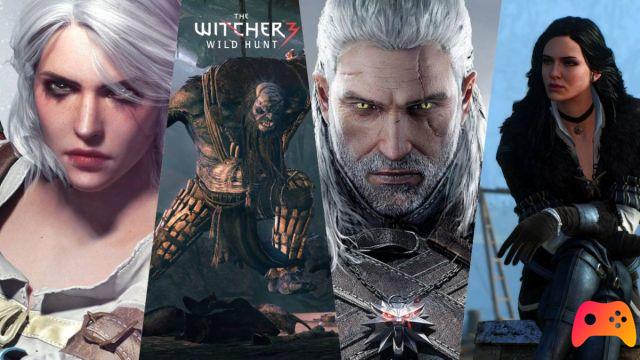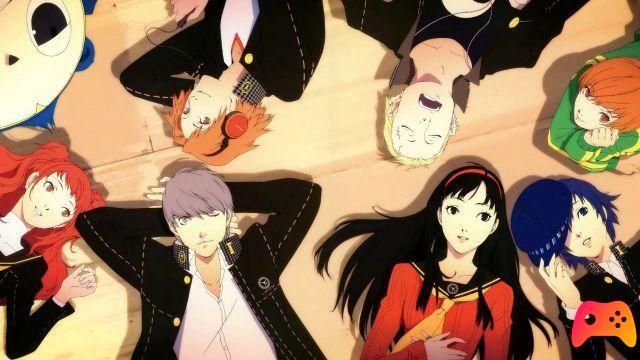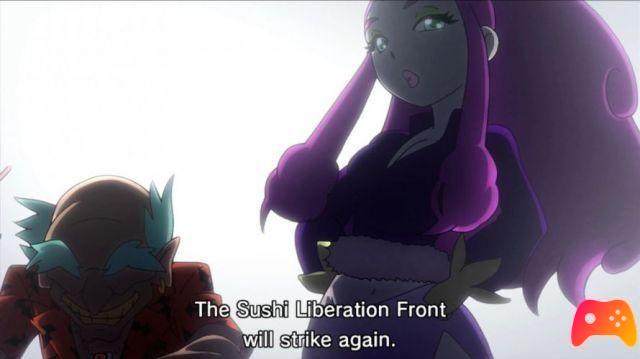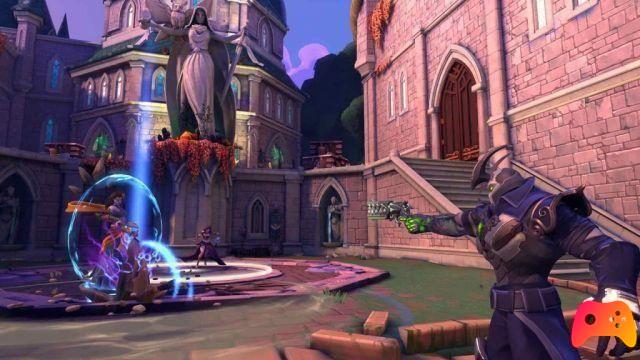
Are products that show how the border between the world of gaming, cinema and literature has now blurred. Titles like Heavy Rain, The Last Of Us, Beyond Two Souls, in the face of a leading technical realization, are also made strong by a deep, emotionally engaging plot with well-characterized characters. A value that in the past was limited to the best LucasArts and Sierra productions.
In the 90s a Polish writer, Andrzej Sapkowski, created a fantasy saga that, amidst the classic stories of elves, dwarves and dragons, told the adventures of a caste of warriors trained to defend humans from the numerous dangers of Nilfgaard. Known as Witchers, these warriors boasted skills and knowledge far beyond those of most other creatures.
A few years later a then unknown Polish company, CD Projekt RED, acquired the rights to the novels to make a videogame port for PC in 2007, but it was only four years later, with the excellent The Witcher 2: Assassins Of Kings, that the videogame saga began to have the success it deserved, making the release of a third episode inevitable. With the release of The Witcher 3: Wild Hunt in May of this year, CD Project RED was able to summarize his personal concept of RPG in a single title, awarded by a vast success with audiences and critics.
Far from resting on the laurels of deserved success, the developers of the Polish company have since continued to work on their creature with a long series of corrective patches (initially the original title was almost unplayable due to an impressive amount of bugs), Free DLCs and with the promise of a real expansion. Available now for all versions of the original title, Xbox One, PlayStation 4 and PC, this one Hearts Of Stone confirms once again CD Project RED's ability to create deep and fascinating titles, well above most similar titles.
Brigands, witches, dragons and spells
The new adventure of Geralt Di Rivia starts in the most classic witcher style. Against the backdrop of the Wild Hunt and the war between the Nilfgaard Empire and the Northern Kingdoms, Geralt travels to the Inn of the Seven Cats in search of a new contract, where he learns of the existence of a creature in the sewers of Oxenfurt.
Going to the enigmatic Olgierd von Everec to better discuss the contract, Geralt finally goes to the sewers to confront the creature. A walk, perhaps, for a witcher used to dealing with demons, brigands, mermaids and even dragons. But once he kills the beast and crosses his path again with that of Olgierd, a character who will later play an important role in the adventure, Geralt finds himself a prisoner on a ship bound for a reality far more complex than he imagined. The story of Hearts Of Stone, completely disconnected from Ciri's quest for the main title (to the point that it can be played individually), enriches Wild Hunt's already profound narrative system with new characters, dialogues, missions, objects and even a more reflective and introspective Geralt.
Between adventures and fights
From the point of view of playability Hearts Of Stone It doesn't bring any major changes from what has already been said for Wild Hunt, except for a now slightly more precise control system and smoother combat. A positive change due mostly to the massive 1.10 patch released almost alongside the expansion.
The way in which to start our new adventure denotes once again the ability of CD Project RED in taking care of even the small details: there are in fact three distinct ways to deal with Hearts Of Stone. In the first case we will find ourselves with the mission activated in our diary immediately after the prologue of the main title, although in any case it is advisable to be at least level 30 before facing the initial contract. In the second we will be able to export a save in the New Game Plus, while in the third, ideal for those who are still at the beginning of Wild Hunt, there is the possibility to play the entire adventure of Hearts Of Stone individually with a level 32 default character, with 45 skill points to spend and quite powerful equipment. Again, you can adjust the difficulty level from "A simple story" to "Death March".
The main mission is perfectly inserted in the already vast context of the original title, proposing new equipment, some of which can make the witcher a decidedly fearsome fighter, new characters, including a whole new ethnic group of clear Middle Eastern setting, new very varied creatures and new side adventures, sometimes even better diversified than those seen in Wild Hunt. The fights, even if they still remain slightly woody, are now more loose and better managed than before. A change that is especially noticeable in the battles against the bosses, which now need more tactics and attention, also due to the fairly high difficulty of this expansion.
The most obvious novelty of Hearts Of Stone is the presence of a new merchant-spellcaster, able to significantly enhance Geralt's equipment. Thanks to this character, unlockable by completing a secondary mission, it is now possible to create upgrade slots even on objects that do not have them, or combine glyphs and runes to create arcane words to be inserted into objects, consuming three upgrade slots permanently . Powers gained in this way are nothing entirely new, but they effectively rework spells and upgrades already seen in Wild Hunt. There is no shortage of additions such as new Gwent cards, further treasure hunts and even a new love story with an old flame of the protagonist, all to cover at least 10-15 hours of play.
The vast horizons of REDengine
The technical department of Hearts Of Stone confirms the already excellent work done with Wild Hunt and integrates perfectly with the full-bodied 1.10 patch, almost completely eliminating the graphic bugs, even minor, that characterized the original title. The vast scenarios, the excellent environmental effects, the polygonal models and the textures, all are now managed excellently by the proprietary REDengine 3 engine (which we should also see at work in the future Cyberpunk 2077), finally giving that feeling of realism that deserves a title as The Witcher 3.
The sunsets, the rain, the cities, the mountains, the small and large details will sometimes lead us to wander the lands of Nilfgaard with the sole purpose of getting lost in the beauty of the scenery. In the face of such graphic magnificence, some slight bugs remain, now very rare, and a camera that is not exactly excellent during fights in tight spaces. On the sound side we find very little that can improve the already high levels reached in Wild Hunt: the new dialogues remain well dubbed and characterized, while the music can count on the addition of a few new tracks, excellent, linked to the new settings.
[signoff icon = ”quote-circled”] Hearts Of Stone ultimately confirms the importance that The Witcher saga plays in the CD Project RED curriculum. The excellent between price and longevity alone would justify the purchase, but the developers weren't satisfied with adding ten hours of gameplay to their monumental original work. Among interesting missions, new equipment, adventures and new enemies, Hearts Of Stone also allows itself to deepen the psychological side of the protagonist, adding in fact a new literary and videogame chapter to the original title, able to expand the vastness and charm of the adventures by Geralt of Rivia. If this is the small set, according to CD Project RED, it remains only to imagine what the next Blood And Wine may represent. [/ Signoff]
Verdict: recommended to everyone






